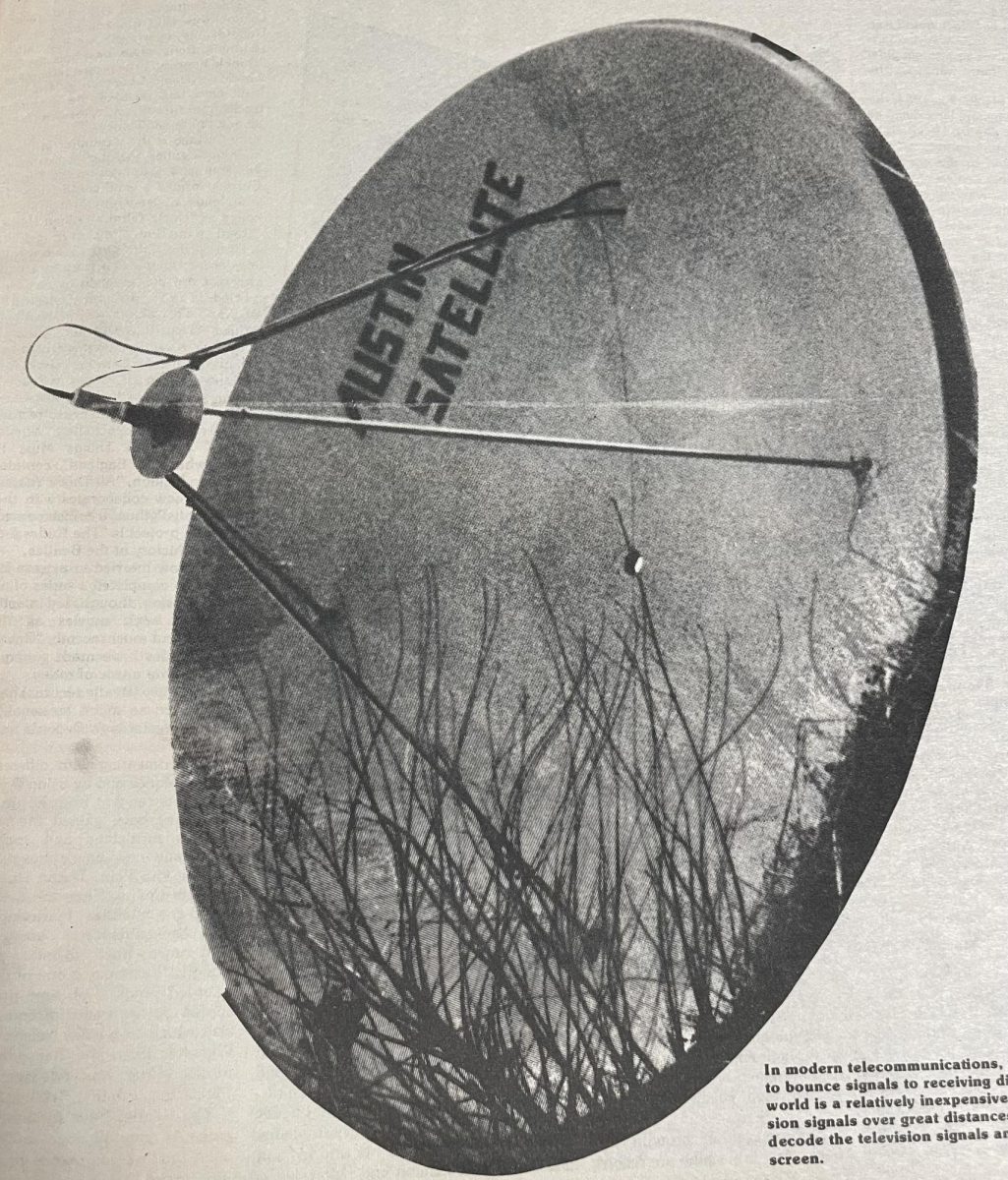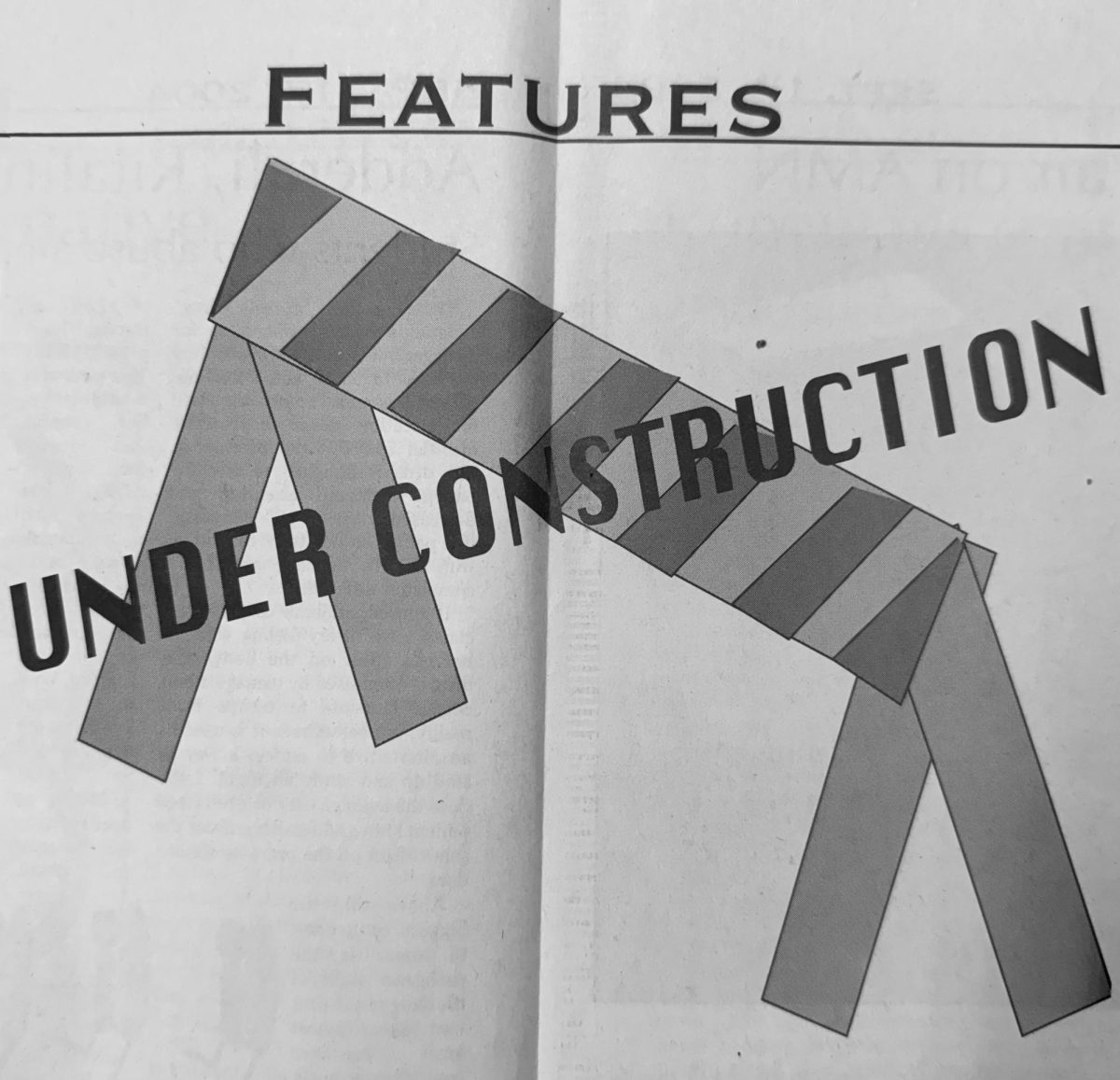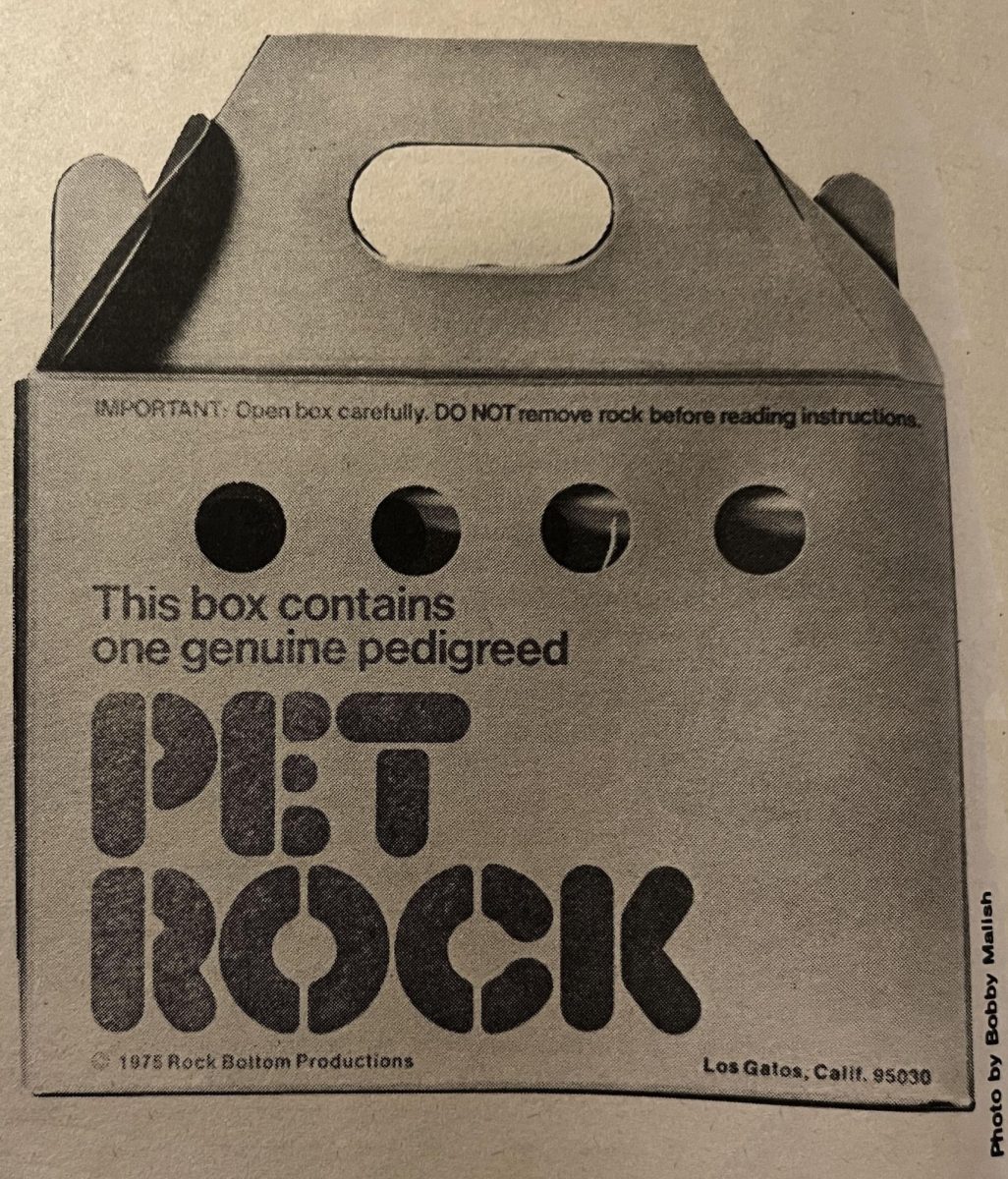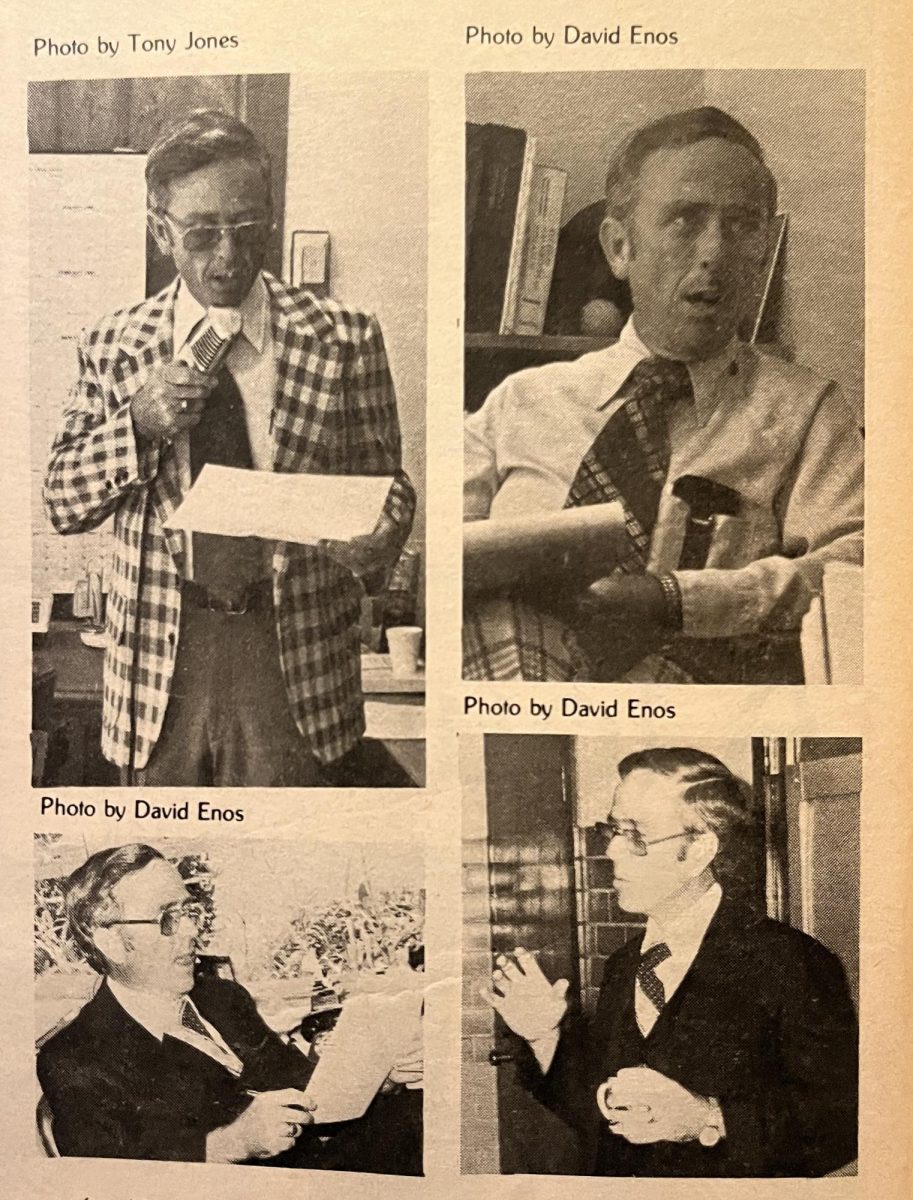A mere two years ago, if anyone on the street was asked what a satellite dish was, he would probably stare blankly or lie that it was some sort of Chinese food. But in actuality, satellite dishes are large, bowl-shaped instruments that seemingly do nothing. What they do cannot be seen directly. They intercept television signals being sent either to or from the satellite.
The dishes are considered one of the newest innovations in the transmission of TV signals over a great distance. They can be used to send or receive TV signals, but most home models are made for receiving only.
Reich, an engineer at Austin Cablevision, said, basically what the dishes do is pick up coded signals sent by TV stations along a certain frequency. After receiving the signals, the dishes’ receiving box decodes the signal and projects it on the screen.
A major reason dishes came into being was the demand for diversified television programs.
“The television audience these days wants to see the sports in other countries like the Winter Olympics in Yugoslavia,” Patternich stated. “And to view these sports, the need for transmitting the signal over greater and greater distances grew. As it is now, the signals can be sent almost any place on the globe.”
This ability to transmit signals all over the world opens the door for technology to find new ways to communicate and speed up our world. Meaning that, through the new means of communication world problems such as terrorist attacks could be speedily wiped out.
When television first came out, the signals were coded and emitted into the atmosphere at a certain wavelength. They were then picked up by individual TVs or relay stations, decoded, and projected on the screen or sent on to other relay stations. A series of strategically placed relay stations filled the gap of distance only slightly. This was because being sent over the air, the signals were easily distorted by signals from radios or sun spots, causing interference.
Soon the TV industry solved this problem by sending the signals over specially made cables either laid in the ground or hung on telephone wires. One problem with sending signals this way was the great amounts of cable needed to send them across the continent. Also, getting cables to everyone’s house was a great expense that brought about cable TV. Paying for TV was not a great idea in the eyes of the TV audience, but it brought about better channels. It created a race to see who could come up with the best entertainment channels for the lowest price.
“Cable television is one of the better things that has happened to the TV industry in recent years because it puts a demand on the industry to produce better and better shows,” Patternich said.
Since this latest development, there has been only one major invention that has hit the TV industry hard. The satellite dish was brought into the industry from being used strictly as a scientific link in space. One problem with the home models is their high price. The reason for the high price is the amount of materials used in building the dishes and the cost of getting satellites into space. Also, they do not look too good sitting in the middle of one’s backyard, and they take up a lot of space. But, they have been a new craze among the television stations, because they are cheap to use compared to the cables or relay stations. Right now, there are around 1,000 satellites in space, of which almost half can be used to send TV signals all over the world. Closing the gap of modern communication is what satellite dishes do.
The possibilities are not fully known, but at the moment, the satellite dishes are not in much demand or use because of their unfeasibility.
This article was published in The Shield on Feb. 18, 1984.








